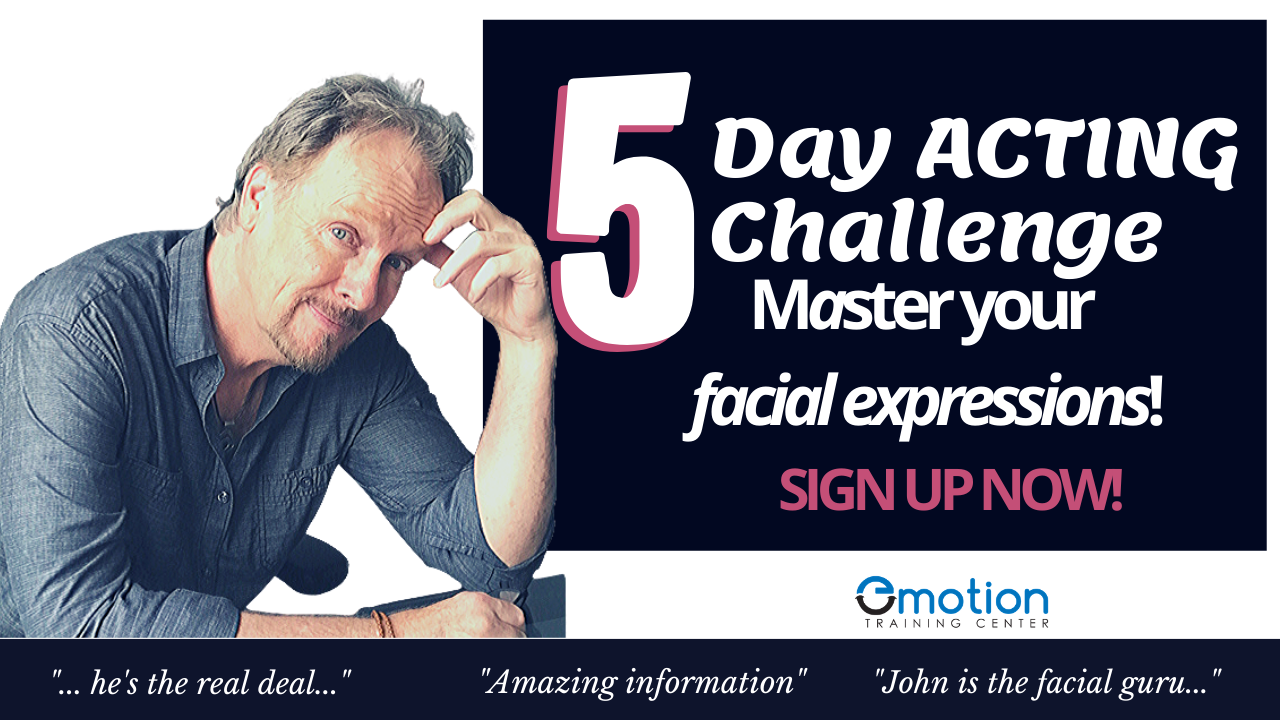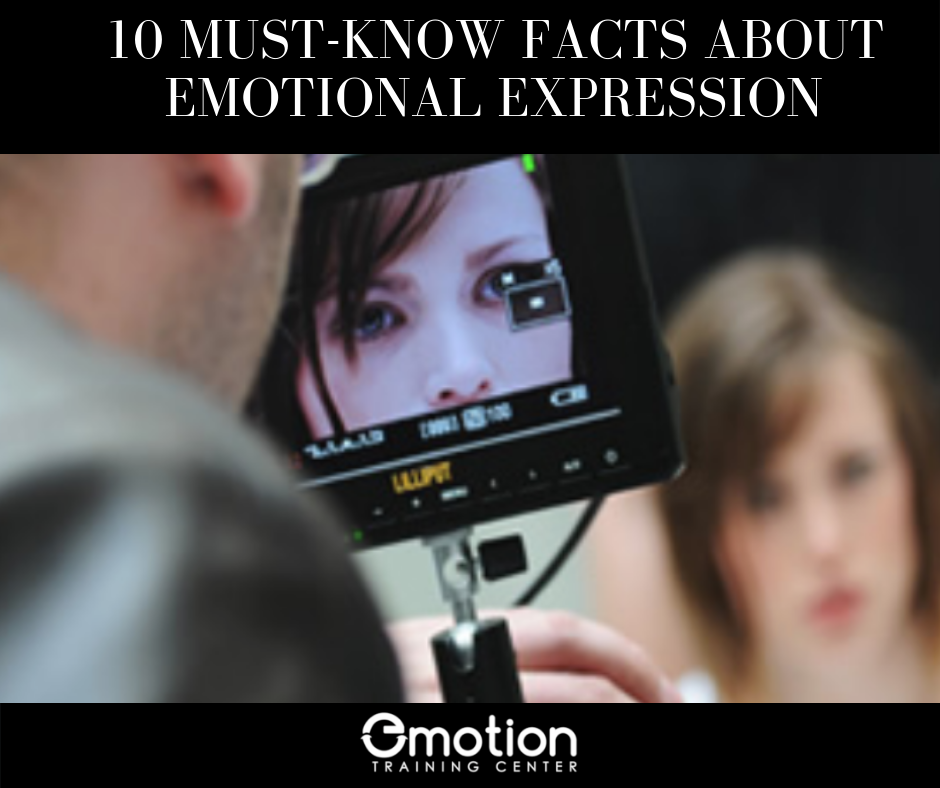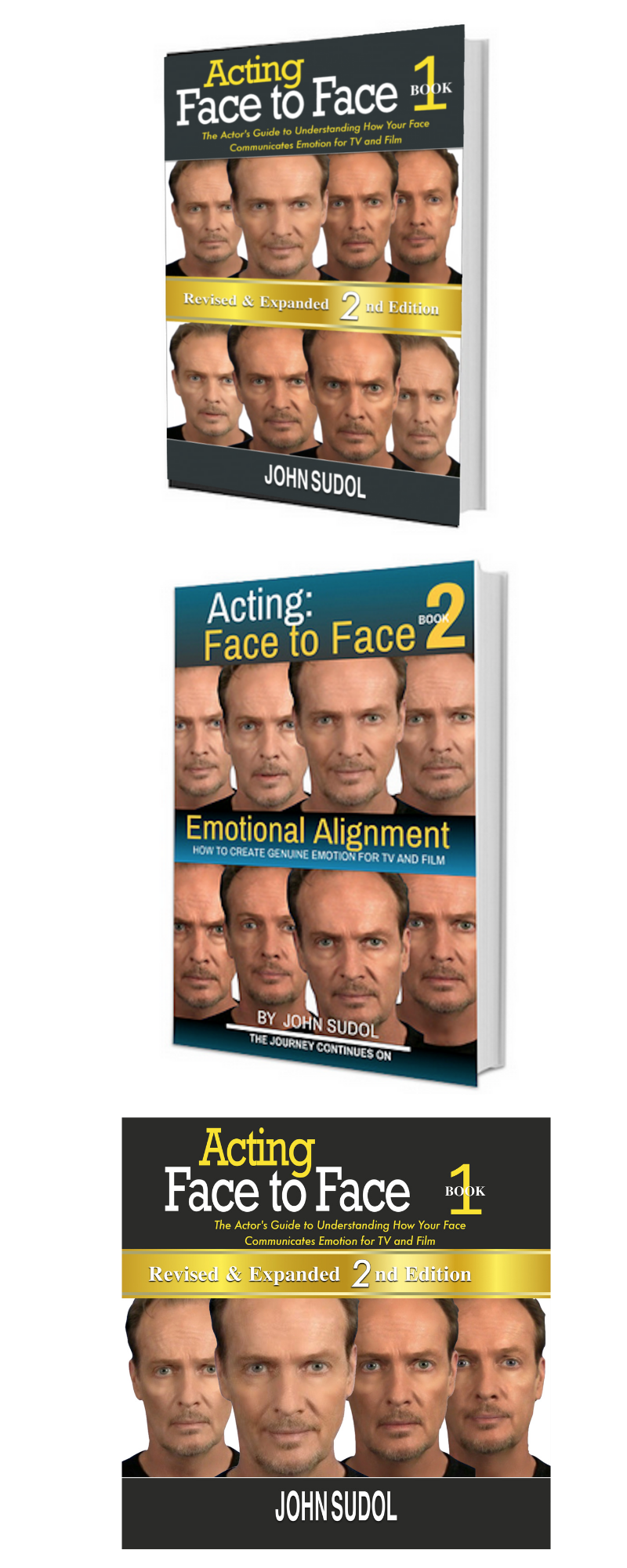|
Q: I have yet to take a headshot that I’m happy with. What strikes you most when you look at a picture? —@Aphrodite, Backstage Community Forum
Your headshot should say two things about you: who you are and where you fit in. By who you are, I mean that it needs to reveal an essence or quality that you possess. It could be anything, from warm to playful to sarcastic to dangerous, so long as it reveals that essence clearly. Where you fit in is more about social, economic, family background, and other traits. Think of the “types” your look can easily fit into. For example, do you read more as the CEO of a large, profitable company? A small business owner? A mechanic? Are you a suburban soccer mom or an international femme fatale? Both categories rely on nonverbal signs like clothing, body language, and facial expressions, which means that getting a shot that accurately communicates who you are and where you fit in takes a lot of thought. To get you going, start by defining how you want people to see you. Then start combining who you are with how you fit in. For example, you might be an authoritative professional like a lawyer, doctor, or businessperson. Or you might be a sarcastic midlevel manager. Most people have a problem with taking headshots because they’re not clear on the image they want to capture or they don’t know how to control their facial expressions. Defining the endgame and learning about emotional facial communication will most certainly help. Does the whole process of taking a headshot leave you confused or Frustrated? Let me know thoughts. Put your comments in the comment section below. *This question was originally asked and answered on the Backstage Community Forum.
4 Comments
By John Sudol |Originally posted in Backstage|OCTOBER 18, 2018 12:00 PM Do you fear the close-up? (Click here to Tweet) Imagine the camera is locked in on your face and the director or casting director asks you to reveal slight sadness or the beginning of fear or incredibly controlled anger or a hint of excitement or boredom. Oh, and they only want to see it in your eyes. Could you do that? Or does even the thought of a close-up make you freeze? If this is you, you are not alone. Most actors know how their body and voice communicate but know very little about their own faces. And since the close-up is all about the face, this can be a problem. So let’s talk about how knowing the language your face speaks can prepare you for your close-up. More specifically, let’s talk eyelids. To keep facial movement to a minimum and execute any one of those directions listed above would require you having access and control over the muscles around the eye, more specifically, your eyelids. Done correctly, with just the smallest amount of tension, the lifting or relaxing of your eyelids can speak volumes to the viewer. Your eyes may be the windows to your soul, but it's your eyelids that are the workhorses of nonverbal communication. (Click here to Tweet) Below are four common messages your eyelids send the viewer and what they convey on film:
READ: 7 Ways Your Face Expresses Emotion
feeling by staring at another person, it might be time to rethink those beliefs.
The eyelid examples I gave you are meant to expand your knowledge of the subtleties of nonverbal facial communication. Master them and they will serve you well, though it’s just the tip of the facial communication iceberg. The truth is that we give the eyes too much credit for our emotional communication. There are certain muscles and muscle groups on the face that are connected to specific emotions. Just the slightest contraction, expansion, or tension of any one muscle belonging to any one of the seven universal emotions (anger, contempt, happy, sad, fear, surprise, disgust) changes the whole appearance of the face. It may look like it's all in the eyes, but it’s not. It’s all over your face. Yes, the close-up can be incredibly intimidating and frustrating, but the more you know about those universal emotions and the muscle groups connected to each one, the more control you will gain over your own facial expressions. And if you have control over your facial expressions and you understand the meaning of each, it really doesn’t matter where the camera is. Does the close up freeze you up? Share you thoughts and experiences below in the comment section. Like what you read? Share it with a friend. |
Author, Coach, SpeakerJohn is known to actors around the world as the Go-To Emotion Specialist. Start your www.emotiontrainingcourses.com/courses/free-free-facial-expression-training FREE EMOTION TRAINING NOW! Click HERE or the photo below to Sign Up! Archives
October 2018
Categories
All
Check out the Acting: Face to Face Series - ebook, paperback, audio. Click Here
|
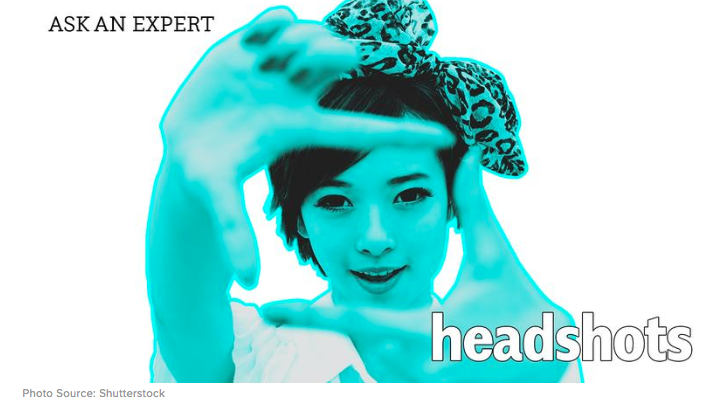
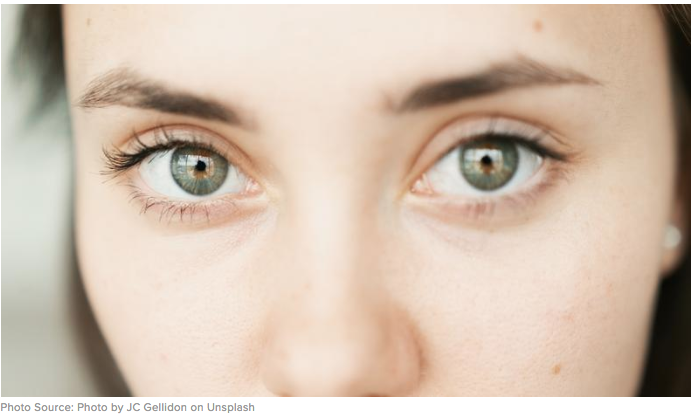
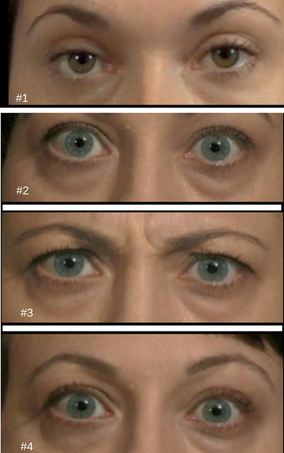
 RSS Feed
RSS Feed
